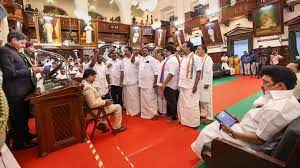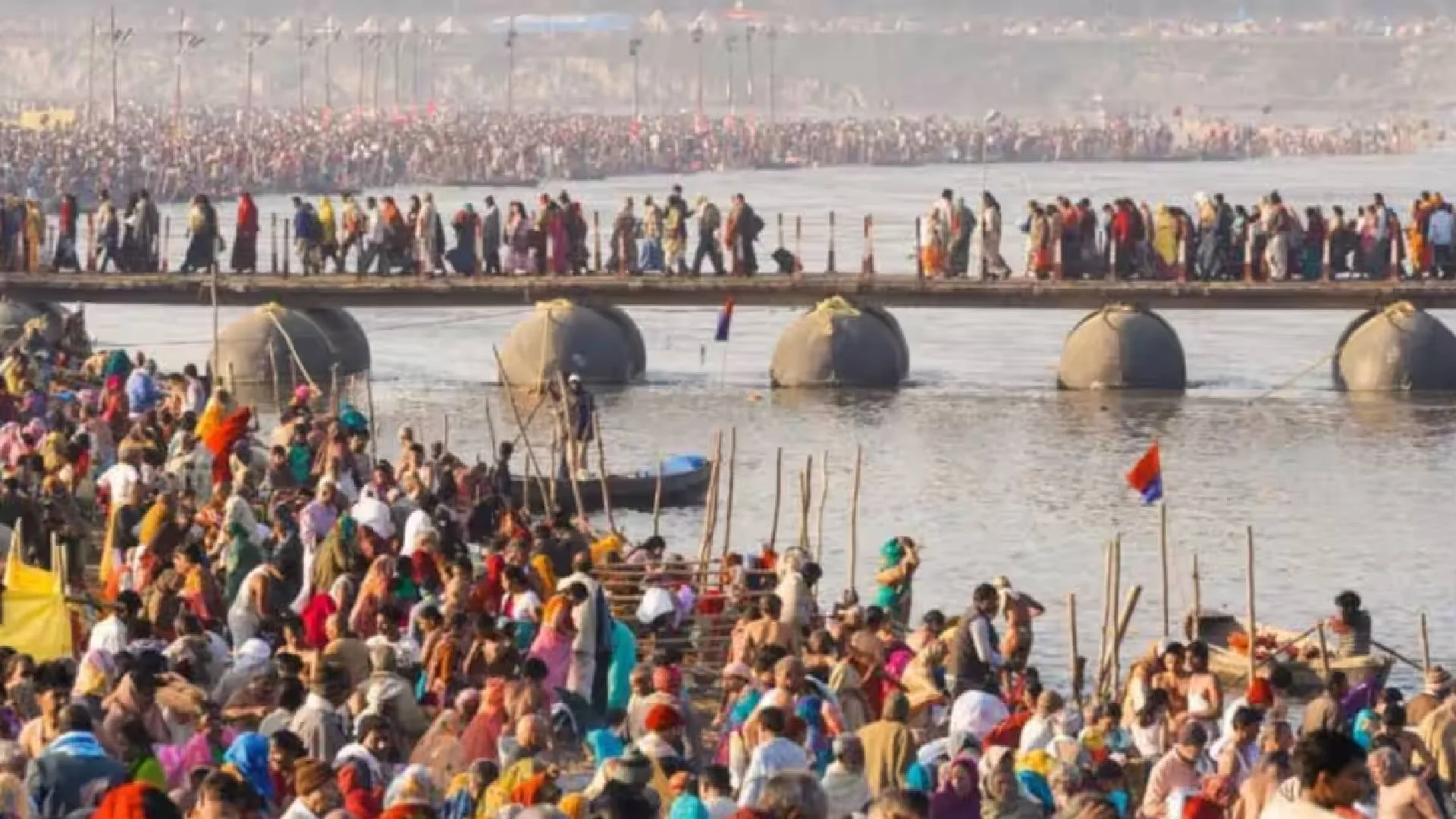In a remarkable twist of events that unfolded on the night of June 29, Tamil Nadu Governor R.N. Ravi stunned political and legal circles alike with a move that seemed to defy the conventional role and limitations of a governor, as set by the Indian Constitution. Governor Ravi’s unilateral decision to dismiss Minister V. Senthilbalaji from the Council of Ministers, citing his recent arrest, raised a multitude of questions about the evolving boundaries of a governor’s authority.
However, the initial shock was soon replaced by confusion as Governor Ravi promptly retracted his previous order later the same night, leaving observers and stakeholders alike puzzled about the abrupt volte-face. The roller-coaster series of events raised many an eyebrow and led to an in-depth analysis of the constitutional powers of a governor.
The Governor’s office issued a statement to Chief Minister M.K. Stalin’s administration that the controversial order had been temporarily suspended and placed in abeyance. This startling revelation was confirmed by a close source familiar with the proceedings.
As news of this sudden development spread, Mr. Stalin did not hesitate to voice his disagreement with the Governor’s initial decision. He maintained that the Governor was constitutionally incapable of dismissing a Minister and stated that his administration would address the issue using proper legal channels. He reinforced his intention to abide by the legal framework in handling this situation.
This abrupt chain of events has its roots in the arrest of Minister V. Senthilbalaji on June 14, by the Enforcement Directorate (ED), in connection with an alleged money laundering case. Following his arrest, the DMK leader was hospitalized and underwent a coronary artery bypass surgery on June 21 due to his medical condition.
A press release from the Raj Bhavan expressed concern over the implications of Senthilbalaji’s continued presence in the Council of Ministers. It speculated that this could potentially hinder a fair investigation and due process of law and disrupt the Constitutional machinery in the State. Citing these reasons, Governor Ravi made the unprecedented decision to dismiss Senthilbalaji from the Council of Ministers.
Meanwhile, two petitions have been filed in the Madras High Court, contesting the decision to retain Senthilbalaji in the Cabinet following his arrest. These developments have prompted the judiciary to scrutinize the extent of its powers, with Chief Justice S.V. Gangapurwala wondering about the court’s authority to intervene in such situations using its writ jurisdiction under Article 226 of the Constitution.
At the heart of the issue is the interpretation of a governor’s role and limitations, as outlined in the Indian Constitution under Articles 163 to 167. The Governor, serving as a Constitutional head, is expected to act on the advice of the Council of Ministers, led by the Chief Minister, in most matters. While the Governor does possess certain discretionary powers, they are to be used within the boundaries set by the Constitution.
Importantly, the Governor is expected to act in accordance with the advice of the Council of Ministers, and not independently or contrary to their advice, except in matters explicitly provided for by the Constitution. This responsibility stems from the principle of collective responsibility. Moreover, the Governor is duty-bound to uphold the Constitution, ensuring that the government functions within its framework and safeguards the rights and interests of the people. The Governor should also refrain from interfering in the day-to-day administration of the state.
Given these constitutional constraints, it’s crucial to note that the actions and decisions of the Governor can be subject to legal scrutiny. Any perceived violation of the Constitution or exceeding of prescribed authority can be challenged in a court of law.
The DMK party may consider exploring various legal and political strategies in response to Governor Ravi’s controversial move, which was later retracted. According to party sources, while there’s no immediate need to delve into the legal aspects, considering that the dismissal is currently on hold, the party may examine its legal options to counter the Governor’s alleged overreach and politically challenge the BJP at an appropriate time.
Despite Governor Ravi’s decision being put on hold, its reverberations have had a profound impact on the political landscape of Tamil Nadu. The series of events has exposed the potential for a power struggle between the Governor and the State government, prompting an important conversation about the constitutional powers and limitations of a Governor’s role in Indian democracy.
















